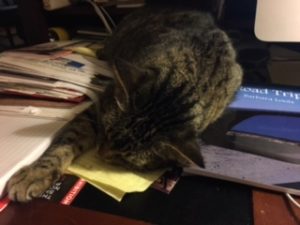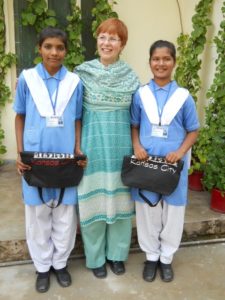I haven’t watched television at home for almost ten years. For some people, that’s as inconceivable as not eating bread. (I don’t do that either. But that’s another story.)
When we moved into our new/old house, we brought along a television so ancient that if we set it out on the curb with a FREE sign on it, nobody would take it. We shoved the huge clunky thing into the hearth opening of a corner fireplace we didn’t intend to use. Perfect fit. Last winter, at the Half-Price Bookstore, I bought a DVD featuring a selection of four “real fires.” Let me tell you, when I click on the video of natural logs burning with a lively crackling sound, the room actually feels warmer. There’s considerable comfort to be had from even a fake fire. As the fire burns lower, the logs shift and crunch together. After an hour or two…Presto! The whole thing starts over again. Talk about labor-saving devices!
But I digress.
Our tv is hooked up to some sort of converter box, which enables us to receive via rabbit ears fifteen or sixteen channels that transmit through the air. I figure that these channels provide us, at no cost whatsoever, with about 5% of the opportunities NOT to watch television that we would pay for via cable. Talk about saving money!
We Don’t. Watch. Television.
Imagine. No screaming politicians. No screaming newscasters. No screaming comedians. No screaming commercials. Once you master the MUTE button, the OFF button isn’t a big leap. You won’t miss the latest news. There are plenty of other ways to get it. You won’t miss the buzz. I’m convinced that you can know as much as you need to about Game of Thrones without ever watching a minute of it.
I believe that turning off the television is the solution to most of the anxiety in the U. S. Not watching television is the secret to health and happiness.
I know. I know. You just can’t not do it.









